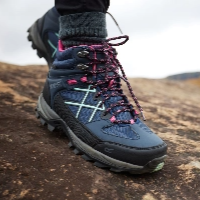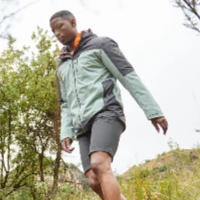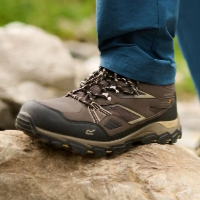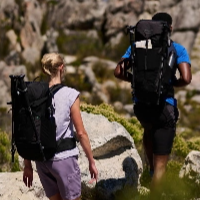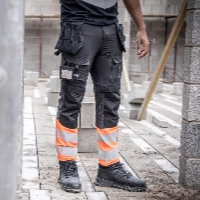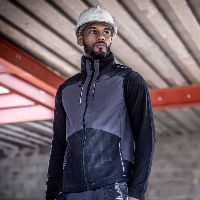
How to Break In Hiking Boots
It’s important that all of the shoes you wear are comfortable, but this is particularly true of your walking boots. When you go on a hike or trek, getting blisters can be detrimental and you may even need to cut your walk short if this problem occurs. Therefore, to prevent blisters from happening, you need to wear in (or break in) your new walking boots to make them as comfortable as possible.
Keep reading to find out how you can wear in your boots and how to prevent blisters on a long hike.
How to Wear in Hiking Boots
You need to be patient when you’re wearing in your shoes as the process can take time and shouldn’t be rushed. While some people suggest soaking boots in warm water and then putting them on so that the wet material can mould to your foot better, we wouldn’t advise doing this. Shortcuts don’t normally work and the breaking in process should involve walking around in the boots.
You should start by wearing the shoes around the house to do every day chores, such as cleaning or cooking. In doing so, you’ll be gradually flexing the material to make it a little softer and you’ll be able to determine where the shoes rub. If the shoes are the wrong size or aren’t comfortable in the house, you should be able to return them to the manufacturer as they haven’t been worn outside. If this is the case, you should return them instead of powering through the pain, as it’s likely they won’t get any more comfortable no matter how much you wear them in.
It would also be sensible to wear the same socks that you would on the hike. You’ll be able to gauge whether you need to wear thicker or thinner socks, depending on how snug the boots are.
If your walking boots are made from leather, you should allow more time to break them in. Leather is a stiffer material than fabric and it could take longer to mould to the shape of your feet. Allow enough time for your feet to adjust before going on a long trek.
Once you’re comfortable wearing the shoes around the house, it’s time to take them on a short test run. You could plan a short walk of around 30 minutes somewhere local to you. Whether it’s taking the dog for a quick walk or taking a picnic out to the woods with your partner, it’s good to test the shoes outdoors without walking too far.
Once you’re comfortable in the boots at this stage, go for a day’s hike while wearing a backpack. This extra weight could make a difference to how the shoes feel and the terrain will likely be different to what you’ve been used to.
If your walking boots start to rub or hurt at any point, don’t assume it’ll just go away. You could try lacing them up differently or swapping your socks for a thinner pair.
How Snug Should Hiking Boots Be?
Your hiking boots should be snug without feeling tight or uncomfortable, but equally they shouldn’t feel too loose. When the boots are on and laced up properly, try shaking one of your feet. If the boot stays put, then it’s perfectly snug, but if you can feel it moving on your foot, you may need to go down half a size or try wearing thicker socks.
How to Prepare Your Feet for Hiking
Sometimes, it isn’t just your boots that you need to prepare, but your feet too. The more frequently you go out walking, the tougher your feet will become. If you’re starting out with some short walks, you should stop every time you feel a hot spot. Hot spots are caused by friction and can quickly turn into blisters. Over time, you should find that you can walk for longer distances without feeling any hot spots.
Before and after your walk, try rolling your feet. You can use a small massage ball for this. Place the ball on the floor and put your foot on top, applying a small amount of pressure. Slowly roll the ball using your foot. This should relieve tension and also increase circulation in your feet in preparation for or after a walk.
How to Prevent Blisters on Long Hikes
Blisters are caused by excessive rubbing, and wet material will only make rubbing worse. Therefore, if your feet sweat a lot while you’re walking, blisters are likely to form. We’d suggest that you pack a spare, dry pair of socks in your backpack so that you can change when you stop for lunch. If it’s raining a lot, you may want to try wearing a pair of gaiters underneath your walking trousers, instead of over them. This could stop any water from getting into your shoes.
If you know you always get a blister in a particular spot, you could apply a blister plaster before you set out as a precaution. Alternatively, if you can feel a blister starting, you could apply Vaseline to the area to reduce the friction. If you're experiencing them often, you may find something useful in our separate guide on how to prevent blisters when hiking.

